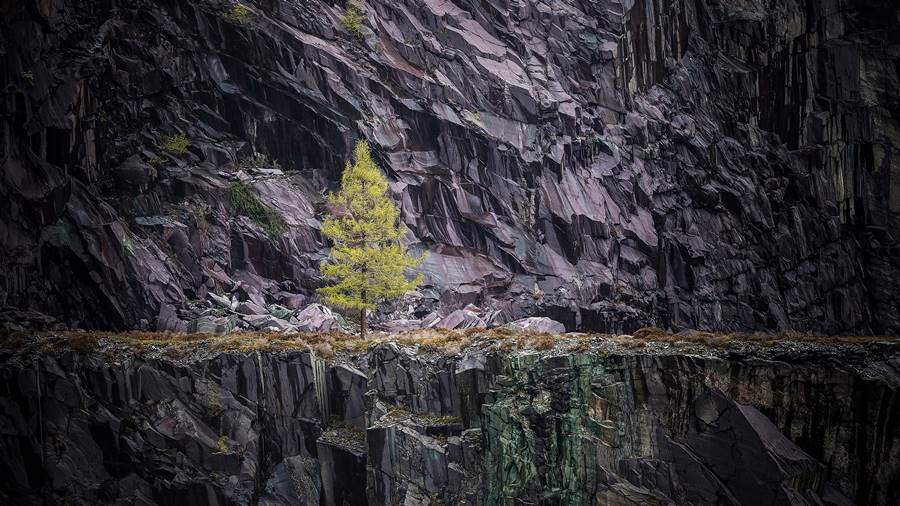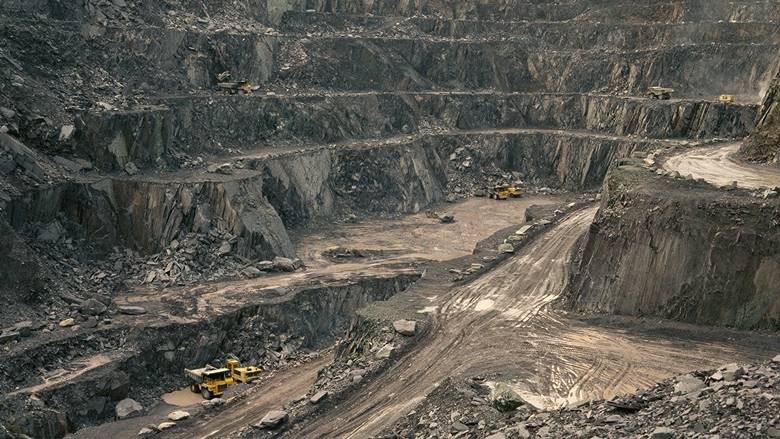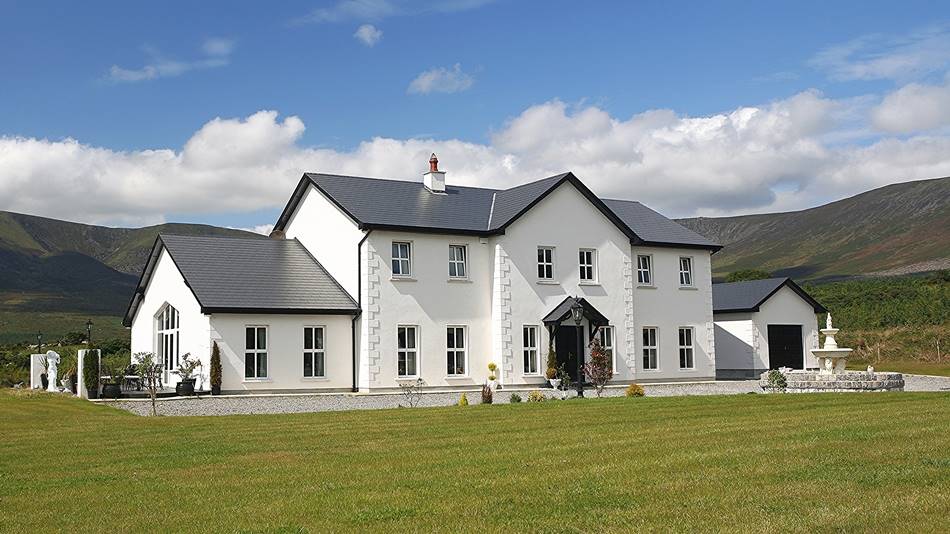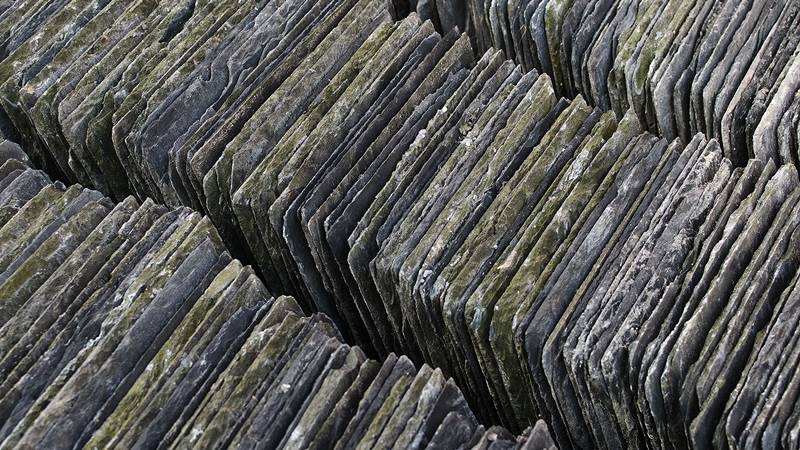Introduction
Welcome to ‘The Comprehensive Guide to Slate Roofing with Northfield Contracts Ltd.’ where architectural tradition meets contemporary expertise. In the rich tapestry of building materials, slate emerges as a pinnacle of timeless elegance and unparalleled durability. This guide has been crafted and designed for homeowners, architects, and renovators who appreciate the fusion of aesthetic beauty and functional excellence.
Embark with us on an enlightening journey through the multifaceted world of slate roofing. From unearthing its geological origins to exploring its significant role in modern architecture, we delve deep into the aspects that make slate a premier choice in building aesthetics and functionality. With Northfield Contracts Ltd., discover how slate roofing seamlessly merges historical significance with the demands of contemporary needs.
As leading providers of roofing services in Berwick-upon-Tweed, North Northumberland, and the Scottish Borders, Northfield Contracts Ltd. brings unparalleled expertise and craftsmanship to your doorstep. Whether you’re envisioning a new project or looking to renovate with a touch of class, let us guide you through the world of slate roofing, ensuring your aspirations are met with the highest standards of quality and service.







